Research Research Highlights
Research Highlights
Research Highlights
Research Highlights
Research Highlights 미리보기
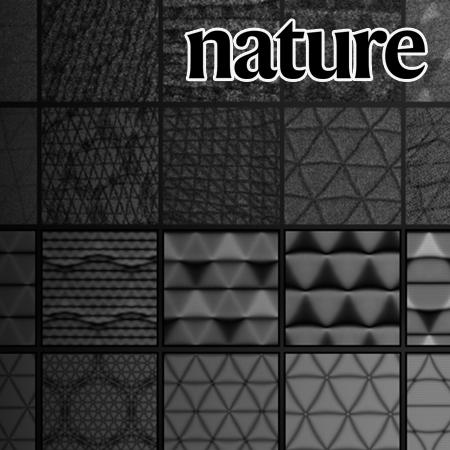
Professor Hyobin Yoo’s Research Team at SNU Develops 2D Quantum Material Platform Using Moiré Lattice Superposition
Prof. Hyobin Yoo
Seoul National University College of Engineering has announced that a joint research team led by Professor Hyobin Yoo from the Department of Materials Science and Engineering, in collaboration with Professor Young-Woo Son (Korea Institute for Advanced Study) and Professor Changwon Park (Ewha Womans University), has successfully developed a two-dimensional (2D) quantum material platform through the superposition of moiré lattices.
Research Highlights Board
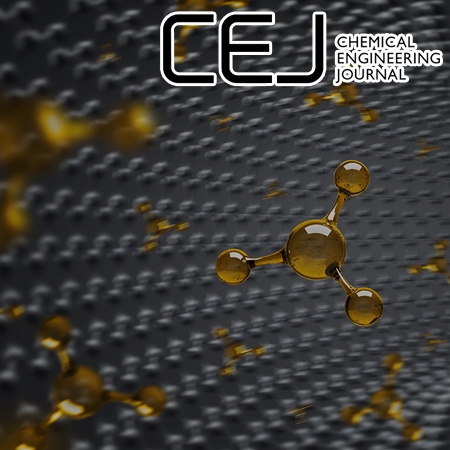
Effect of amino acid-derived nitrogen and/or sulfur doping on the visible-light-driven antimicrobial activity of carbon quantum dots: A comparative study
Prof. Dong-Hyun Kang
The purpose of this study was to investigate the effects of nitrogen and sulfur derived from amino acids on the visible-light-driven (VLD) antimicrobial activity of carbon quantum dots (CQDs) and to establish an optimal doping form.
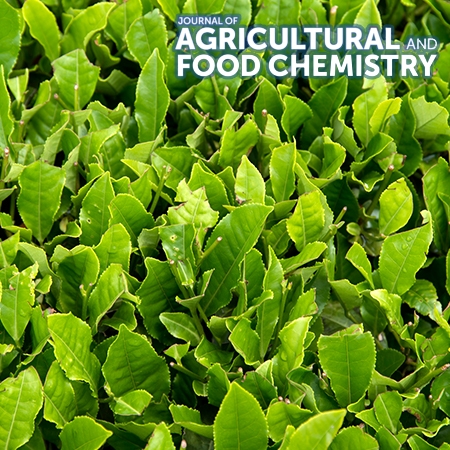
Epigallocatechin Gallate Inhibits the Uridylate-Specific Endoribonuclease Nsp15 and Efficiently Neutralizes the SARS-CoV-2 Strain
Prof. Nam-Chul Ha
This study screened natural compounds in vitro to identify inhibitors against Nsp15 from SARS-CoV-2. Three natural compounds, epigallocatechin gallate (EGCG), baicalin, and quercetin, were identified as potential inhibitors.
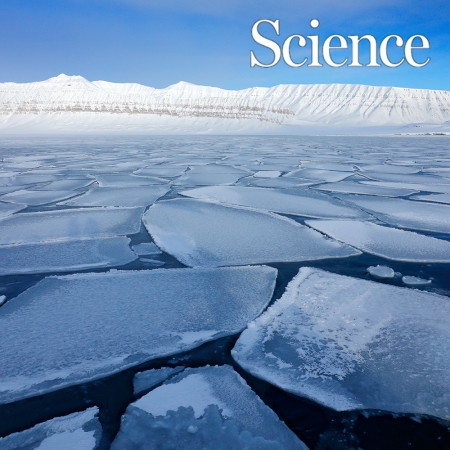
Antarctic surface temperature and elevation during the Last Glacial Maximum
Prof. Jinho Ahn
Here, we reconstruct the magnitude and spatial pattern of Last Glacial Maximum surface cooling in Antarctica using borehole thermometry and firn properties in seven ice cores.
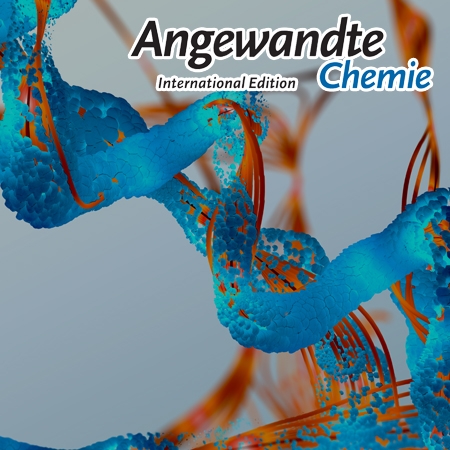
Unprecedented Noncanonical Features of the Nonlinear Nonribosomal Peptide Synthetase Assembly Line for WS9326A Biosynthesis
Prof. Yeo Joon Yoon
Systematic inactivation of nonribosomal peptide synthetase (NRPS) domains and translocation of the thioesterase (TE) domain revealed several unprecedented nonlinear NRPS assembly processes during the biosynthesis of the cyclodepsipeptide WS9326A in Streptomyces sp. SNM55.
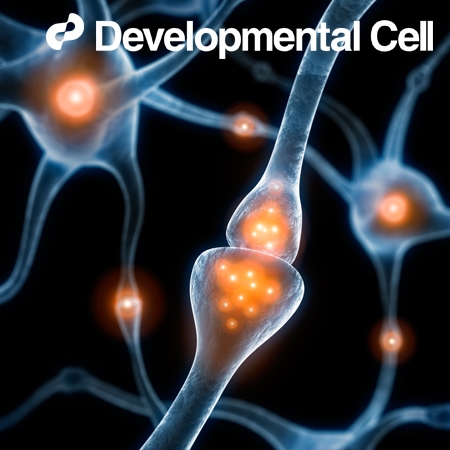
Coordinate regulation of the senescent state by selective autophagy
Prof. Chanhee Kang
Cellular senescence is a complex stress response implicated in aging. Autophagy can suppress senescence but is counterintuitively necessary for full senescence.
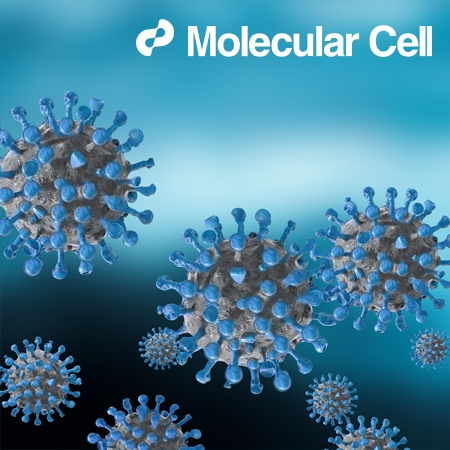
The SARS-CoV-2 RNA interactome
Prof. V. Narry Kim
SARS-CoV-2 is an RNA virus whose success as a pathogen relies on its abilities to repurpose host RNA-binding proteins (RBPs) and to evade antiviral RBPs.
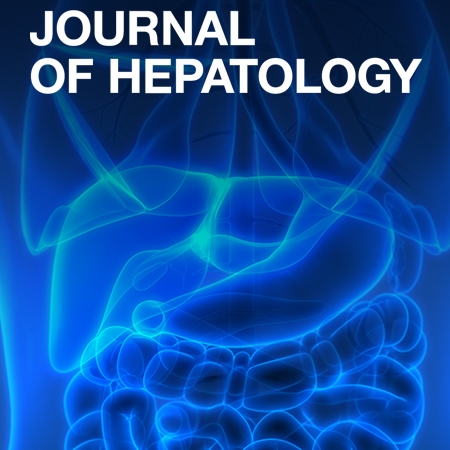
Disease-specific eQTL screening reveals an anti-fibrotic effect of AGXT2 in non-alcoholic fatty liver disease
Prof. Won Kim
Genome-wide association studies have revealed a limited contribution of genomic variants to the disease, requiring alternative but robust approaches to identify disease-associated variants and genes.
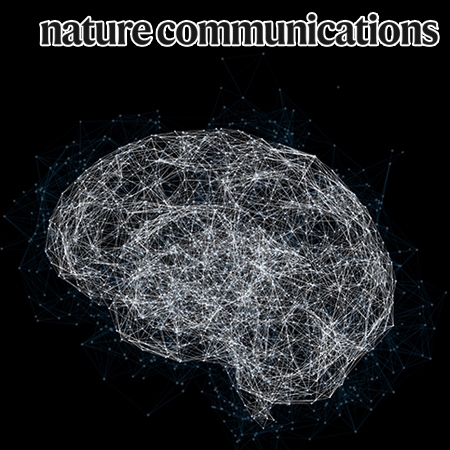
Primate ventral striatum maintains neural representations of the value of previously rewarded objects for habitual seeking
Prof. Hyoung F. Kim
The ventral striatum (VS) is considered a key region that flexibly updates recent changes in reward values for habit learning.
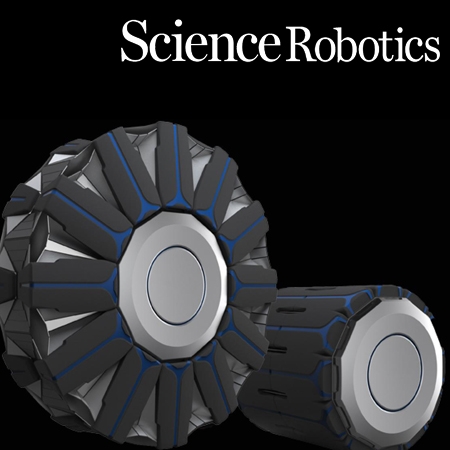
High–load capacity origami transformable wheel
Prof. Kyu-Jin Cho
Composite membrane origami has been an efficient and effective method for constructing transformable mechanisms while considerably simplifying their design, fabrication, and assembly; however, its limited load-bearing capability has restricted its application potential.

Professor Byung-Gon Chun's Research Team develop the World Leading Fuzzing Technology That Finds Key Errors in Cryptocurrency Ethereum
Prof. Byung-Gon Chun
Professor Byung-Gon Chun and Dr. Youngseok Yang of the Department of Computer Science and Engineering at Seoul National University developed a multi-transaction differential fuzzer to find Ethereum consensus bugs through their joint research with Professor Taesoo Kim of the Georgia Institute of Technology.
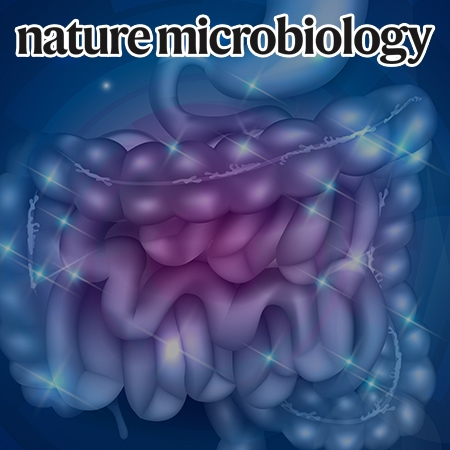
Akkermansia muciniphila secretes a glucagon-like peptide-1-inducing protein that improves glucose homeostasis and ameliorates metabolic disease in mice
Prof. GwangPyo Ko
The gut microbiota, which includes Akkermansia muciniphila, is known to modulate energy metabolism, glucose tolerance, immune system maturation and function in humans.
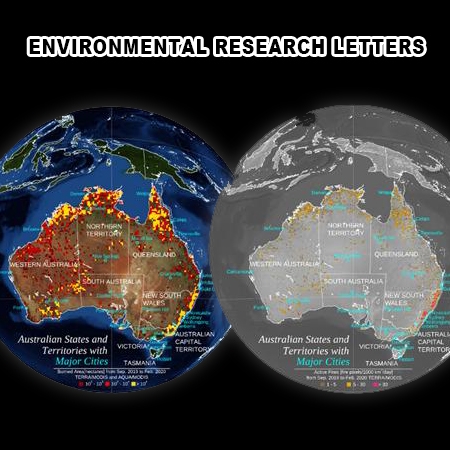
Direct radiative forcing of biomass burning aerosols from the extensive Australian wildfires in 2019–2020
Prof. Sujong Jeong
In 2019, an unusually strong positive Indian Ocean Dipole spawned hot and dry weather in southeastern Australia, which promoted devastating wildfires in the period from September 2019 to February 2020.

